Sean “Diddy” Combs was once the most ubiquitous man in hip-hop. The producer-turned-rapper rose as an indomitable force in the ‘90s by crafting glossy, infectious party anthems that helped catapult hip-hop into the mainstream. In 1997, he spent 26 weeks at the top of the Billboard Hot 100 charts, the most of any artist that year. Songs released under his rap moniker Puff Daddy got similarly comfortable on the charts, and he also produced major hits for the Notorious B.I.G. and Mariah Carey. He was the first hip-hop artist to replace himself on the chart at No. 1, with the Notorious B.I.G.’s “Mo Money Mo Problems” overtaking “I’ll Be Missing You.”
Music was the gateway; Combs was a cultural visionary and his indefatigable drive and relentless pursuit of success transformed him into one of the most influential moguls in the entertainment industry with a billion-dollar legacy that included Bad Boy Records, luxury fashion line Sean John, Ciroc vodka, fragrances, restaurants, annual parties in the Hamptons, MTV’s Making the Band, and the Revolt media company. He embodied extravagance and the good life, showcasing the limitless possibilities of hip-hop success.
Read more: Breaking Down the Charges Against Diddy
Combs’ reputation as the party starter is now his nightmare. On Sept. 16, the 54-year-old was arrested on charges of sex trafficking and racketeering in New York City. The indictment alleges that the Bad Boy Records honcho operated a criminal enterprise from at least 2008 through the present that, among other things, used violence and threats to coerce victims to participate in drug-fueled sexual acts. “Sean Combs used the business empire he controlled to sexually abuse and exploit women, as well as to commit other acts of violence and obstruction of justice,” said U.S. Attorney Damian Williams. Combs maintains his innocence, saying in a statement: “Let me be absolutely clear: I did not do any of the awful things being alleged. I will fight for my name, my family and for the truth.” He is currently in custody after being denied bail.
The mogul’s public image started to crumble in November 2023 when singer Cassie Ventura first accused him of sexual assault and violence during their decade-long relationship. (Combs denied the allegations.) He’s since been stripped of accolades and celebrities are quietly distancing themselves as stories of prior bad acts resurface. Given how connected Combs was in various industries, it’s worth questioning whether his A-list friends and cohort knew about his alleged behavior, and to what extent, and whether they may be quiet out of loyalty or because of their own participation. Authorities alleged that some sexual acts, which Combs called “freak offs,” were electronically recorded and it’s not completely out of the question that other familiar faces may be implicated.
As he sits in jail while awaiting trial, fans and the music industry have to contend with a superstar who is now persona non grata. Should Diddy be deleted or can his music be parsed from the person? “I definitely feel like this indictment against Diddy is going to affect his music legacy. There’s no way around it,” says Torae, rapper and host of The Tor Guide on SiriusXM. “He’s done a lot in the music business and he’s put on a lot of artists that have made incredible records. But the asterisk now appears because of all of the charges and all of the things he’s accused of. You can’t listen to the music the same way.”
It’s an issue that has dogged popular culture, especially since numberous allegations of sexual assault against Harvey Weinstein set off the global #MeToo movement in 2017. The music industry in particular has struggled with its approach to so-called canceled artists. Responses have varied based upon the artist’s level of success, popular sentiment, and whether legal action has been taken as companies navigate artistic freedom, commerce, and social responsibility. “At the end of the day it’s a matter of asking the question: Should we really separate the artist from the art?”says Kathy Iandoli, author of God Save the Queens: The Essential History of Women in Hip-Hop and professor of music business at New York University.
Given the music industry’s general glorification of sex, drugs, and rock and roll, there’s no one standard. But one instructive example is singer R. Kelly, who is the most cited instance of a predator becoming a pariah. “We can look at past situations like R. Kelly as perhaps the compass for how this can all go down,” says Iandoli. After decades of of allegations of sexual abuse, including marrying his teen protege Aaliyah in 1994, Kelly was convicted in a court of law for the first time in 2021 for charges including racketeering and sexual exploitation of minors. He became the first artist whose music was removed from Spotify’s editorial playlists and algorithmic recommendations as part of a new policy against “hateful content and conduct” in 2018. “The R&B singer’s music will still be available on the platform, but Spotify will no longer actively promote it,” a company spokesperson said in a statement at the time.
The next year, following the airing of the Lifetime documentary Surviving R. Kelly, which amplified the voices of his many accusers, Kelly was dropped by Sony Music and Universal Music Publishing Group. However, his back catalog, which encompasses his biggest hits—“I Believe I Can Fly” and “Ignition – Remix”—continues to be monetized. YouTube deleted the singer’s official channels and music videos after his conviction in 2021 but user-generated content like song covers or unauthorized music videos uploaded by fans are still available on the platform as well as on TikTok. Billboard reported that streams of his catalog increased by 116 percent in the United States following the premiere of Surviving R. Kelly, according to Nielsen Music, and he currently has 4.7 million monthly listeners on Spotify. Some of the money generated has been used as restitution and in 2023, a judge ruled that more than $500,000 from the singer’s royalties would be used to pay his victims.
In the case of Combs, corporate partners like Revolt, Hulu, and Peloton severed ties swiftly following Ventura’s lawsuit. Revolt announced that Combs had sold his stake in the company that he founded and would be stepping down as chairman in the company. “One-hundred percent of Sean Combs’s shares have been redeemed and retired,” chief executive Detavio Samuels said in an interview with the New York Times. “He is no longer chairman. He is no longer on the board. He has no shares, no equity in Revolt. We have completely separated and dissociated from each other.” The company later posted a message of solidarity with victims of domestic violence on Instagram following the release of surveillance video of Ventura being attacked by Combs. Meanwhile, music platforms have remained silent. Following the indictment, Spotify, Apple Music, Amazon Music, TIDAL, and YouTube did not respond to a request for comment.
The Diddy dilemma is even more complex because of his prolific reach and history of platforming new talent, including Ventura. For over three decades, he’s served as a producer and record label executive known for helming the success of several prominent artists, often by micromanaging their music, aesthetic, and presentation. A total ban of everything Diddy touched would include the entirety of the Notorious B.I.G.’s discography as well as that of Bad Boy Records. Beloved tracks by Mary J. Blige, Jodeci, Mariah Carey, Lil’ Kim, and Usher would be out as well. “It’s a more complex situation because he wasn’t like R. Kelly, who was known for his catalog and being the main attraction on a track,” says Angela Yee, host of Way Up With Angela Yee on iHeartRadio. “He was more of an ad lib, guest verse, and label owner. Imagine not playing the Notorious B.I.G. or the Lox or Total because of what Diddy did?”
Some of these artists were possible victims themselves. In the indictment, authorities allege that Combs leveraged his power over victims by controlling their careers and exploiting them financially or with blackmail if they didn’t comply. Recently, Dawn Richard alleged sexual assault and battery by Combs when she was a part of his group Danity Kane. Torae predicts that these artists’ music will be safe. “Although there’s going to be a negative conversation around it, I think the artists on the Bad Boy roster will still be able to get the same amount of airplay that they’ve been getting,” he says.
And even in the worst cases, exiled artists usually get one or two passes in their repertoire. For Combs, that will likely be “I’ll Be Missing You.” The treacly tribute to the Notorious B.I.G. has become a mainstay at funerals and memorials and is played perennially to honor the late rapper. “Some people will say, ‘We don’t need to hear that.’ But every Biggie birthday and anniversary, the DJs are going to make a mix and that’s a staple,” says Torae. “That record, because it only plays a couple times a year, may be safe.”
Sean “Diddy” Combs always prided himself on being resilient. One of his most famous rap maxims is, “can’t stop, won’t stop.” For decades, that was true. No matter what happened around him, or to those around him, he continued to flourish. There was always another hit just around the corner. Now he’s faced with the possibility of it all coming to an end. The replacement for his legacy of hits? Silence.

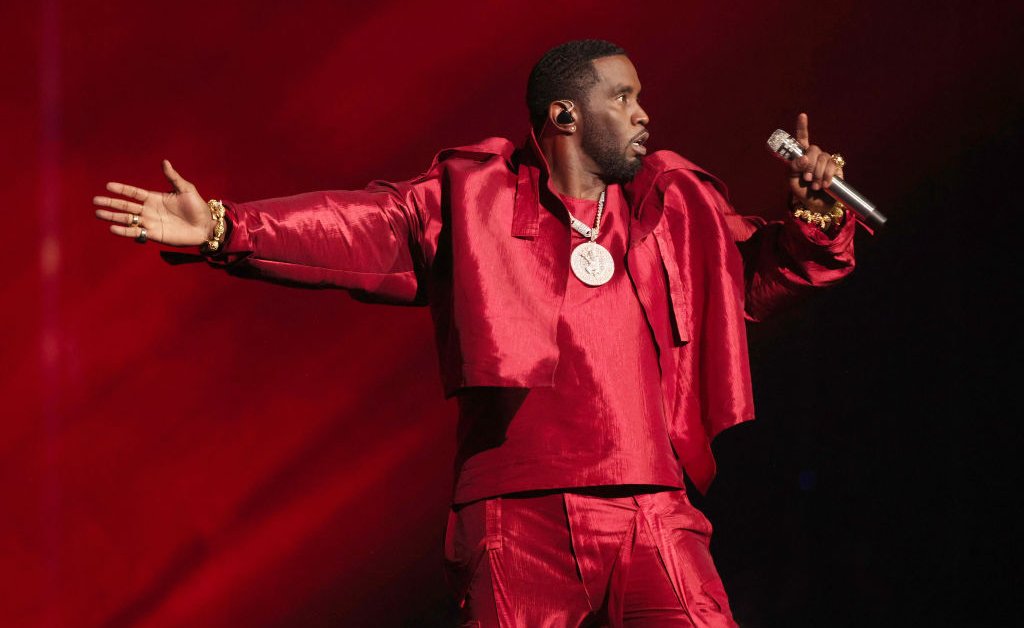
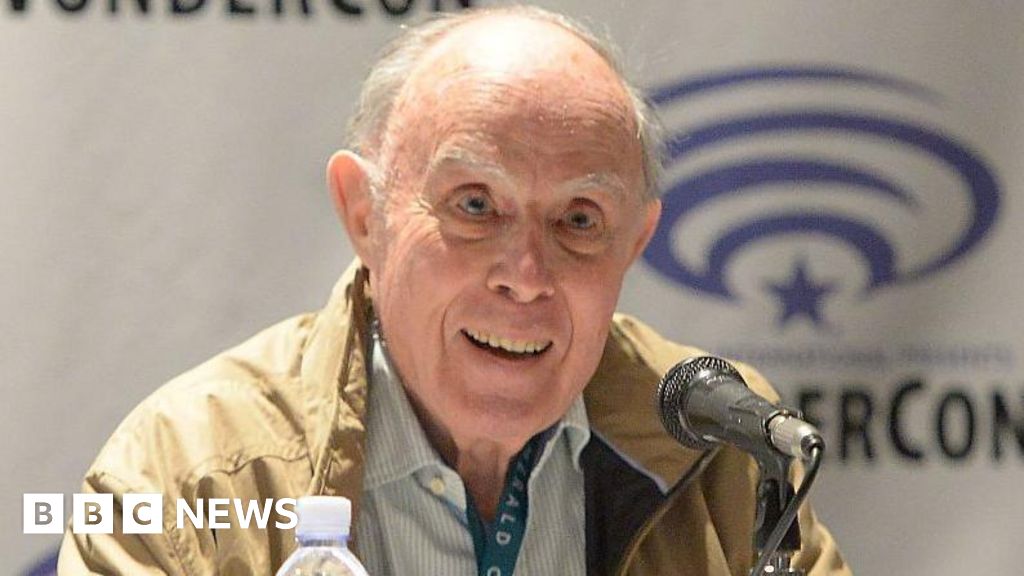

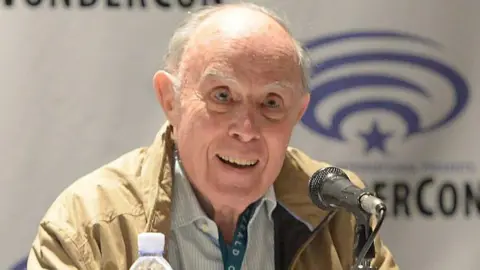
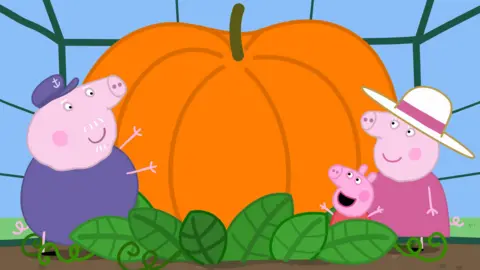
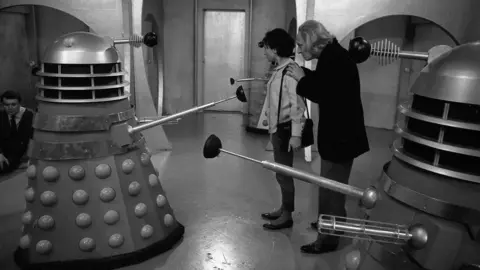
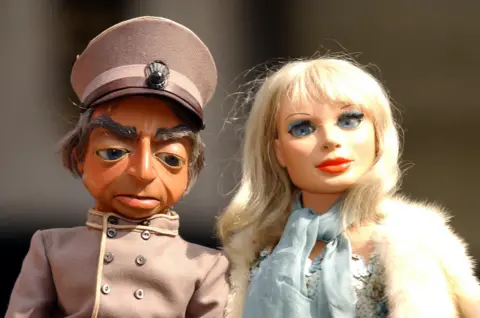








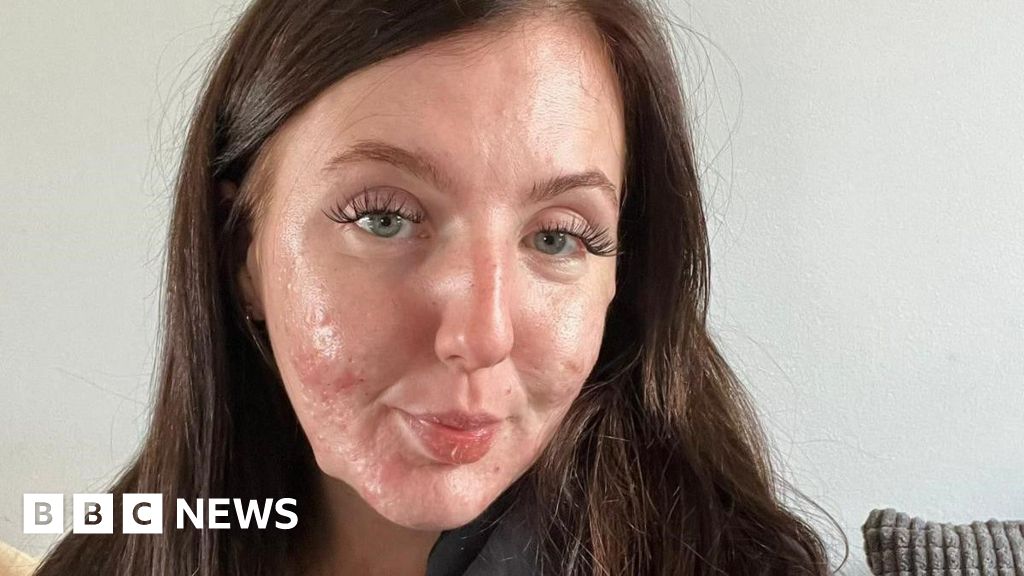
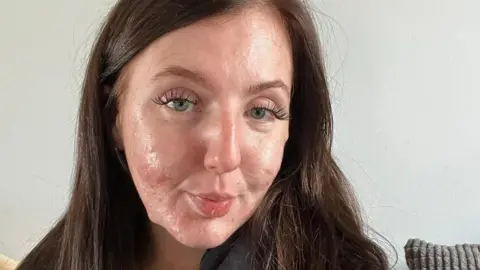



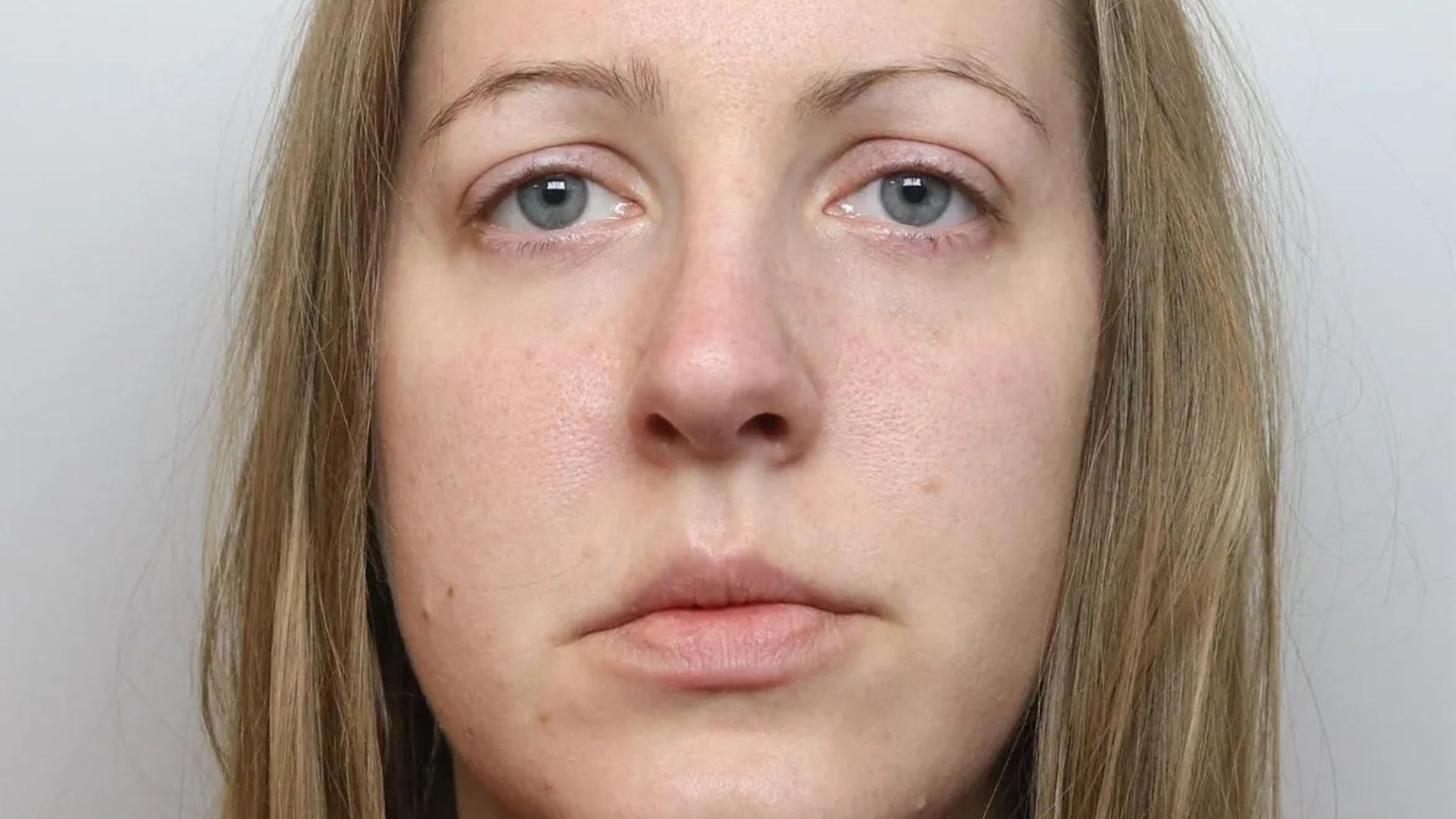

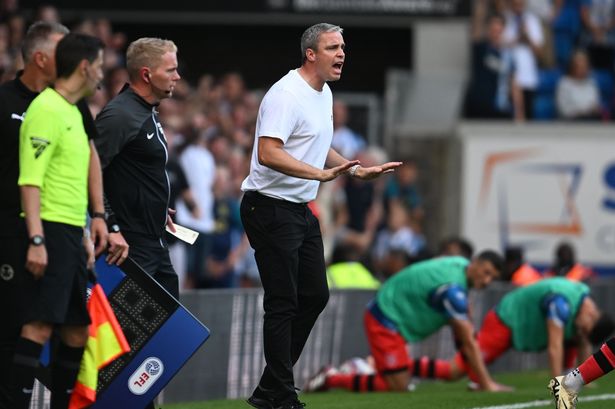





















































































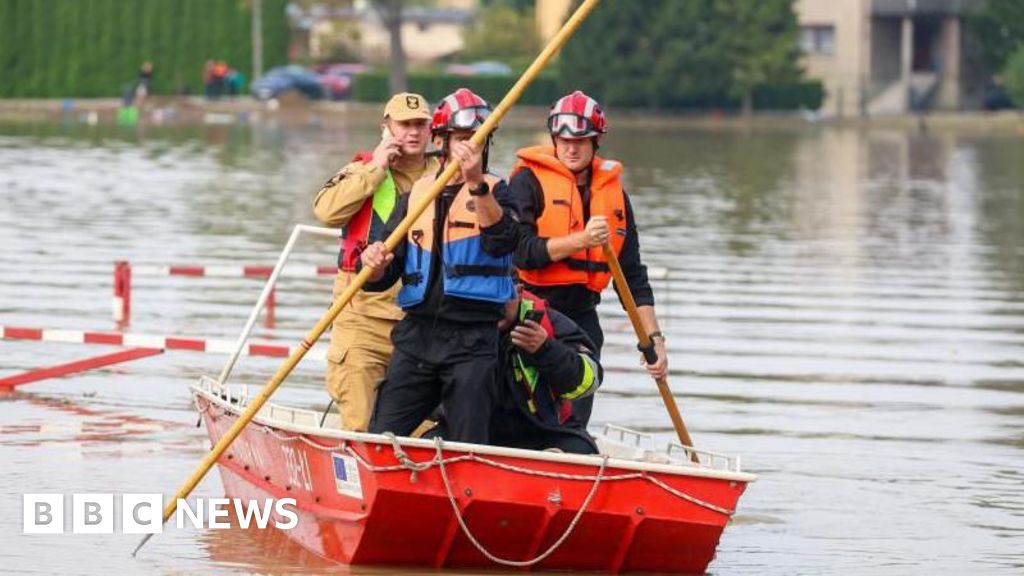

































You must be logged in to post a comment Login